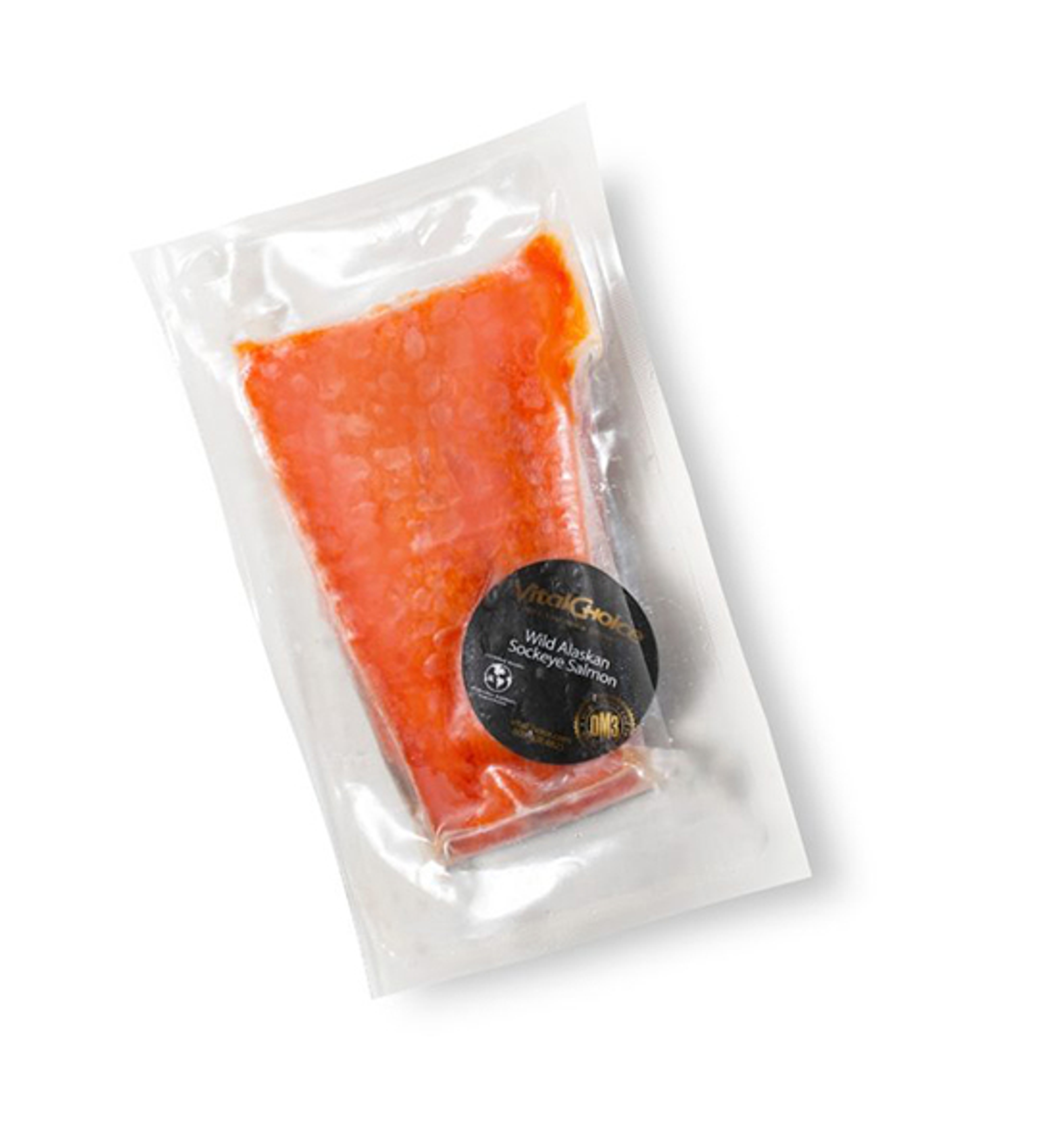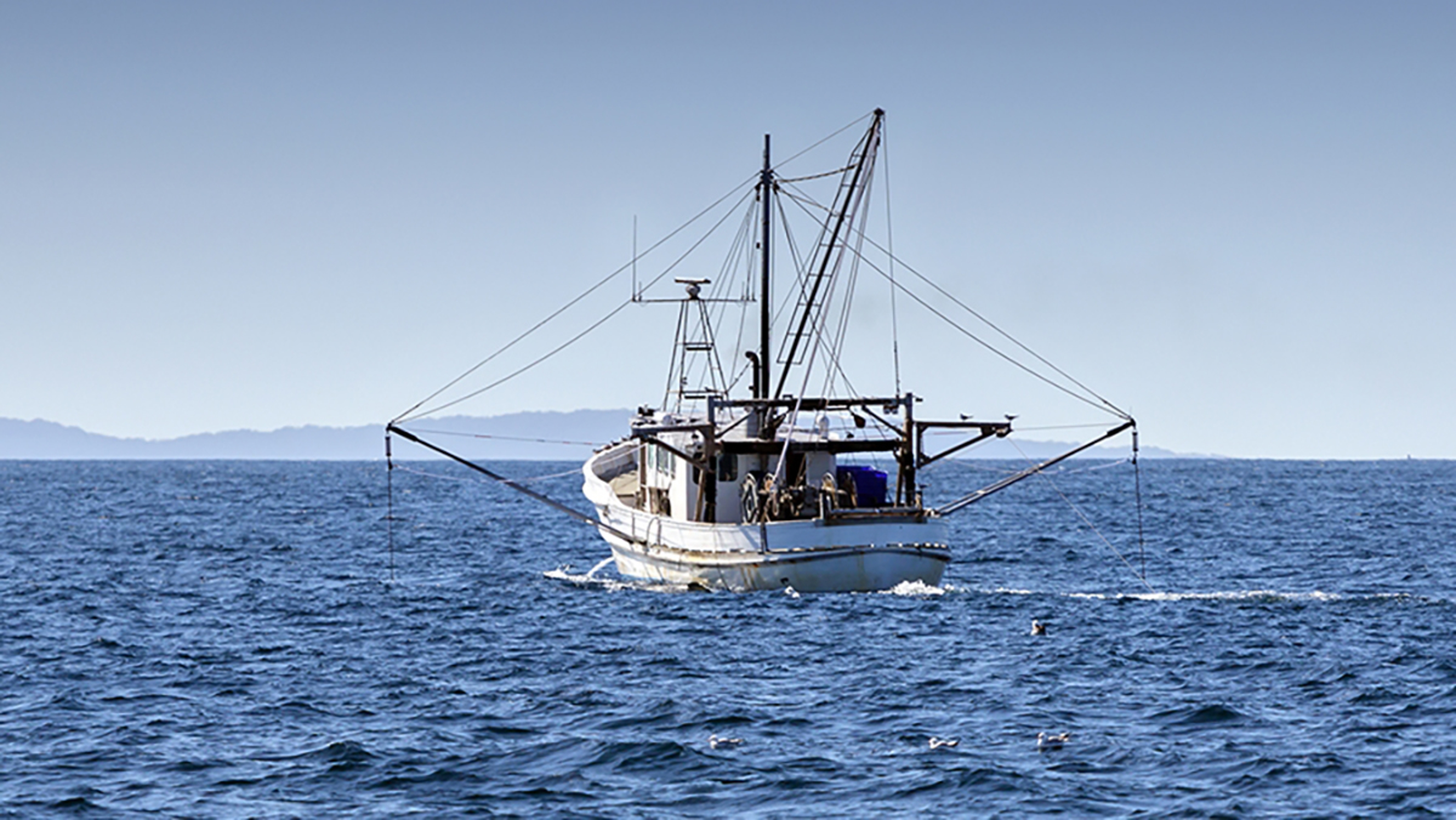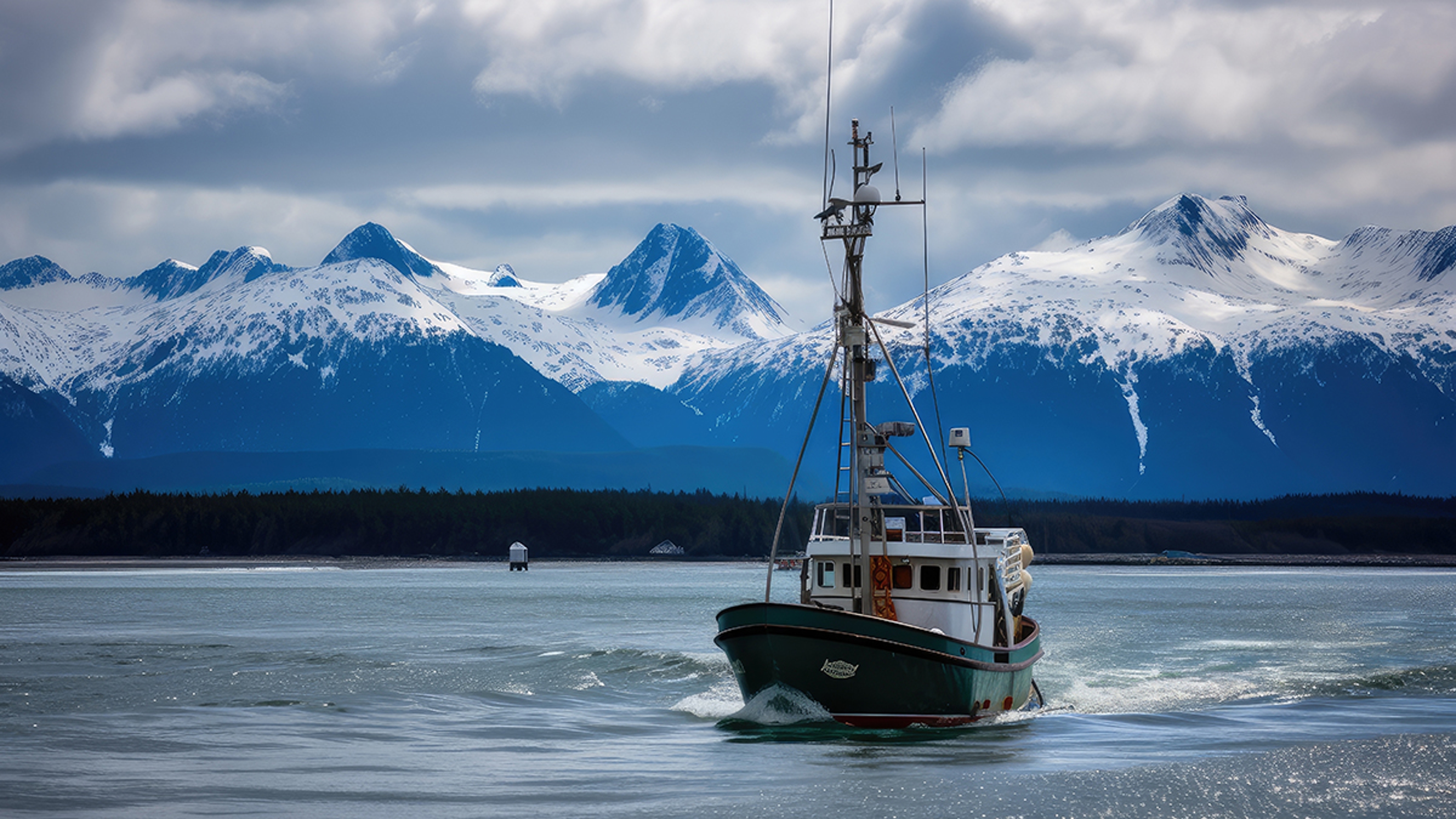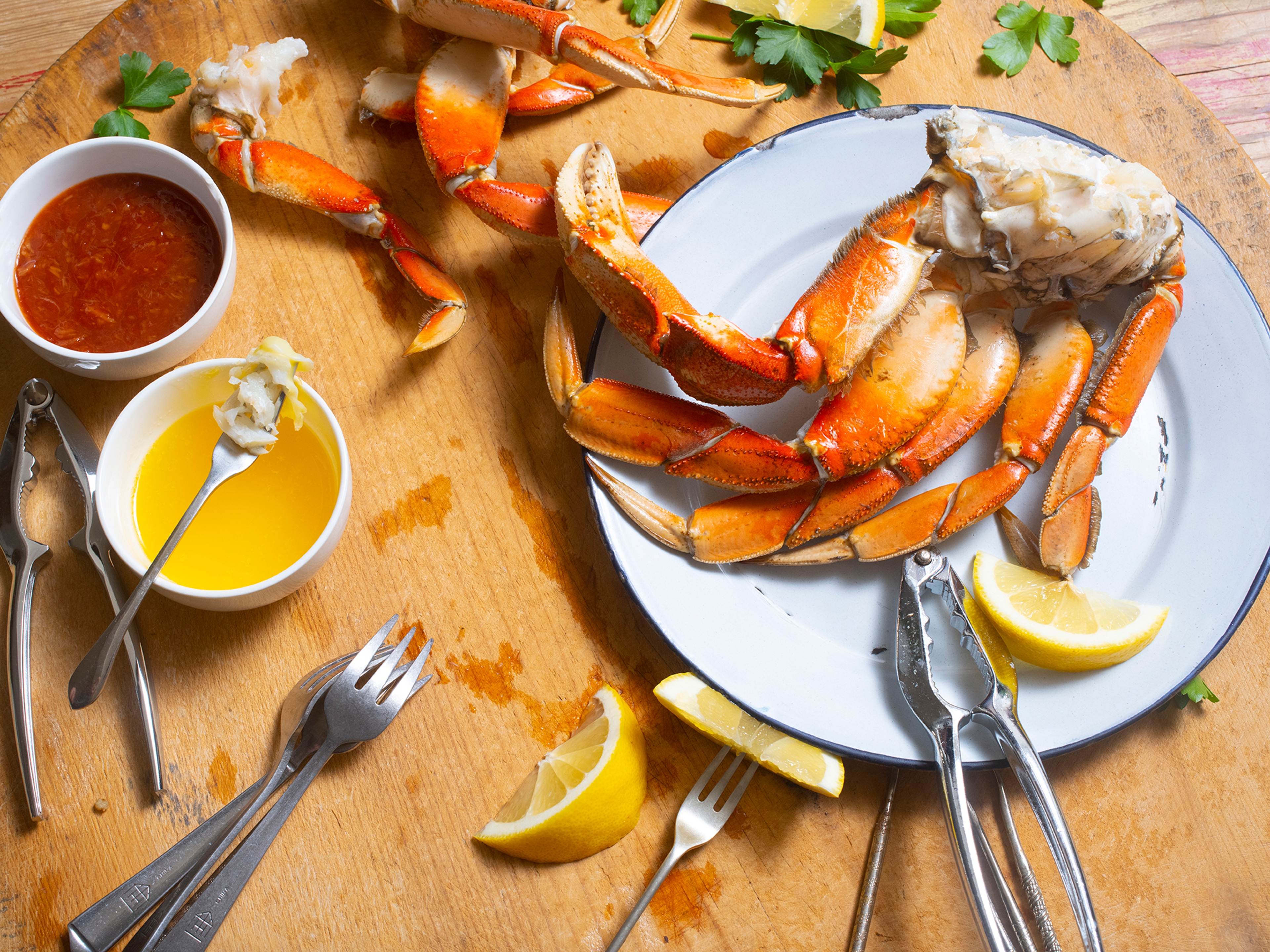How Long is Frozen Fish Good For in the Freezer?
Learn how a pouch of our signature sockeye can remain in prime condition for up to a year in a freezer.
Mar 04, 2022
A customer once asked us a question: “How long will frozen fish, or other seafood such as shellfish, keep in my freezer?”
It's a common question, and one with a reassuring answer.
When properly packaged and frozen, fish and shellfish will retain their ocean-fresh flavor and nutritional quality for many months. The exact times depend on several factors, including the type of freezer, the kind of seafood, and the product's packaging integrity.
Freezer type and temperature

Vital Choice seafood is caught and flash-frozen on-board, or deep-chilled on ice or in refrigerated seawater until arriving onshore for further processing. Flash-freezing uses ultra-low temperatures and air circulation to freeze seafood in a matter of minutes, preserving its fresh-caught quality at the peak of perfection. Prior to shipping, we store our seafood products at a constant -10° F or lower.
That's because "frost-free" freezers work by occasionally raising the temperature to dislodge ice, which over time can degrade the quality of your frozen foods. If you have a frost-free freezer and have ever wondered why your ice cubes evaporate or ice cream gets an off-flavor, now you know. (Frost-free freezers also tend to use more electricity than conventional freezers.)
Low-fat seafoods can be stored longer
Shellfish and lower-fat fish such as halibut, yellowfin tuna, or cod tend to have a longer freezer life than fattier fish like salmon, sablefish, or Chilean sea bass because they contain fewer polyunsaturated fats (omega-3s) that are prone to oxidation.
Packaging matters, vacuum-sealed is best
Exposure to air greatly shortens the quality of all frozen foods, especially seafood, so packaging integrity is paramount. Any frozen items that lose their vacuum seal should be used first. That's because, as mentioned above, the omega-3 fats unique to seafood, known as DHA and EPA, are extremely vulnerable to oxidation. No matter how good your freezer is, nothing will save a piece of seafood if its package's airtight seal is lost. This is the reason so-called "fresh" seafood sold in markets and restaurants is quite often disappointing. (More about this later.)
Your nose knows
You can recognize oxidized seafood from its rancid or “fishy" odor and flavor. If you thaw a portion of fish that appears to have a broken seal give it the “sniff test." You'll know right away whether to keep or discard it.
Show me the science
As longtime customers know, it's a myth that freezing necessarily degrades the quality of seafood. In fact, Jane Brody, health and nutrition columnist for The New York Times, once put it this way: "The freshest seafood is that which has been frozen shortly after harvest and remains that way until cooked."
A 2017 study by the University of Oregon and Ecotrust confirms Brody's view, reporting that "flash-frozen fish can be a fresher, higher quality product than never-frozen fish purchased at retail. Consumers could tell a statistically significant difference between fresh and previously frozen products, and did not prefer the fresh-never-frozen fish in any category of acceptability."
Other key findings:
- Quality and freshness: Many "fresh" fillets may have been in the grocery seafood display case for eight days or more and can take 10 to 16 days even to arrive at a retail location.
- More species, less fishing intensity: Freezing allows small-scale
fishermen to develop markets for the entirety of their catch,
including fish traditionally considered bycatch, thereby increasing
resource utilization without increasing fishing intensity.

Less waste: Flash-frozen seafood can help small-scale fishers address challenges like seasonal swings in volume and distribution cost, and help them more accurately match supply and demand, thereby generating decreased waste. Frozen fish is also less likely to be wasted in retail and consumer settings.
Lower carbon footprint: The majority of fresh fish filets is often caught far from where it is consumed and must be shipped by air, one of the world's most carbon-intensive forms of travel. By comparison, flash-frozen fish can be distributed by freezer trucks with a much lower carbon footprint.
Freezing has been called "nature's preservative" and is a convenient way to keep nutritious, high-quality seafood readily available, and it's a good thing it does. Otherwise, we couldn't enjoy wonderful wild salmon and seafood throughout the year.






